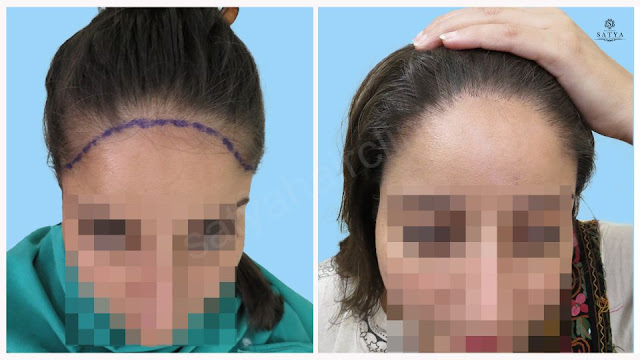The Risks of a Second Repeat FUE Hair Transplant.
Understanding the potential drawbacks of multiple hair transplant procedures
When it comes to hair loss, many people turn to hair transplant procedures as a solution to restore their thinning or balding hair. Follicular unit extraction (FUE) is a popular technique that involves the removal of individual hair follicles from a donor site on the scalp and transplanting them to the area of hair loss. While FUE can be an effective treatment for hair loss, it is not without its risks and drawbacks, particularly if a second repeat procedure is necessary.
Repeat FUE Hair Transplant
What is a second repeat FUE hair transplant?
A second repeat FUE hair transplant refers to a second procedure that is performed after the initial FUE transplant. This may be necessary if the first procedure did not produce the desired results or if the patient experiences additional hair loss after the first procedure.
The potential risks of a second repeat FUE
There are several potential risks and drawbacks to consider before undergoing a second repeat FUE hair transplant. These include:
Scarring: FUE involves the creation of small incisions in the scalp to extract and transplant the hair follicles. While these incisions are generally small and heal quickly, they can still leave scarring on the scalp. A second repeat FUE procedure can result in additional scarring on the scalp, which may be more noticeable if the first procedure left significant scarring.
Poor hair growth: While FUE can be an effective treatment for hair loss, there is no guarantee that the transplanted hair will grow as desired. A second repeat procedure may not result in additional hair growth or may produce patchy or uneven growth.
Damage to existing hair: The FUE procedure involves the removal of hair follicles from the donor site, which can potentially damage the surrounding hair. A second repeat procedure can further damage the existing hair and may result in a loss of density in the donor area.
Cost: Hair transplant procedures can be costly, and a second repeat FUE procedure will likely add to the overall cost. It is important to carefully consider the costs and benefits before proceeding with a second repeat procedure.
Alternative treatment options
If you are considering a second repeat FUE hair transplant, it may be worth considering alternative treatment options. These may include medications such as minoxidil or finasteride, which have been shown to be effective in slowing or preventing hair loss. Hair systems and wigs are also options for those who are not interested in surgical treatments.
In conclusion, while FUE can be an effective treatment for hair loss, it is important to carefully consider the potential risks and drawbacks of a second repeat procedure. Alternative treatment options, such as medications and hair systems, may be worth considering before proceeding with a second procedure.




Comments
Post a Comment